Adaptive measures of aquaculture breeding programmes to cope with climate change
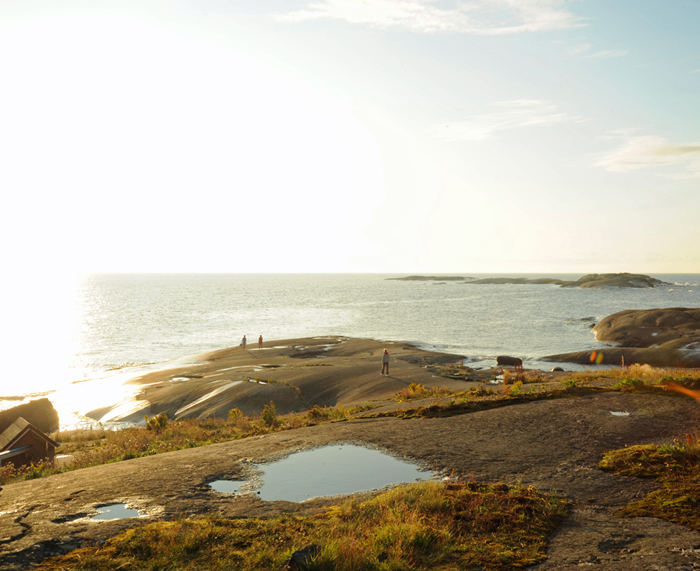
In a recent Smart Sea paper, strategies were developed to set forth the ways animal breeding programmes of aquaculture species can mitigate climate change, and aid aquaculture industry to adapt to climate change.
Genetic potential to adapt to climate change
Animal breeding programmes make farmed animals more sustainable by means of selection and genetic improvement. There is genetic variation in aquaculture species allowing breeding programmes to make them genetically adapted to environmental changes caused by climate change (Sae-Lim et al. 2016. Reviews in Aquaculture 8: 369-393).
Adaptive measures to cope with climate change
To cope with the challenges of climate change, three major adaptive strategies can be taken.
First, general ‘robustness’ will become even more important trait in aquaculture, whereby fish will be less vulnerable to current and new diseases while at the same time thriving in a wider range of temperatures.
Second, to make aquaculture more resource efficient, selection for feed efficiency and production efficiency will reduce impacts of aquaculture on climate change.
Finally, the limited adoption of breeding programs in aquaculture across the world is a major concern. The carbon footprint per kg fish produced would be smaller when fish from breeding programmes would be more commonly used in aquaculture operations.
International Smart Sea co-operation
The work was conducted under the SmartSea project as a part of the long-term co-operation between Natural Resources Institute Finland, Nofima from Norway, and Wageningen University from the Netherlands.
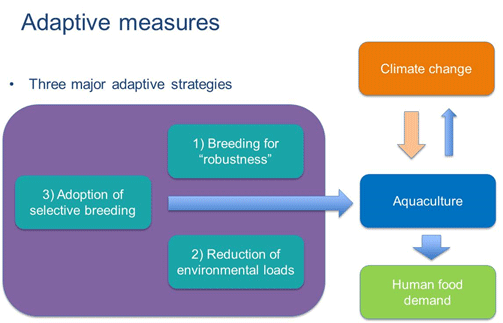
Article
- Sae-Lim, A. Kause, H. A. Mulder and I. Olesen. 2017. Climate change and selective breeding in aquaculture. Journal of Animal Science 95:1801-1812. doi:10.2527/jas2016.1066
Contact person for more information:
Principal Research Scientist Antti Kause, firstname.lastname@luke.fi, tel. +358 29 532 6222
Articles
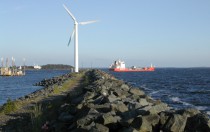
Pohjanlahti merituulienergian tuotantoalueena
Konteksti Merituulienergian laajamittainen rakentaminen on keskeinen askel Suomen tavoitetta hiilivapaaksi yhteiskunnaksi. Suomen merialueista erityisesti Pohjanlahti tarjoaa hyvät olosuhteet energian tuotannolle,
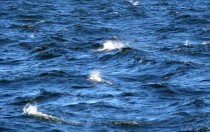
Scientific Articles published in SmartSea
One of the products of the SmartSea are the various scientific articles published by our partners during the project. The
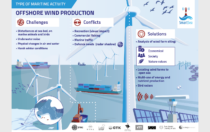
SmartSea Infographics
Offshore wind production, Aquaculture, Fisheries, Blue Well being, recreation and tourism have been key areas of the SmartSea project. We
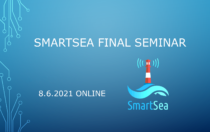
SmartSea Final Seminar/Loppuseminaari 8.6.2021
SmartSea will hold a Final Seminar on the results of the project, and a discussion with stakeholders and affiliates on
